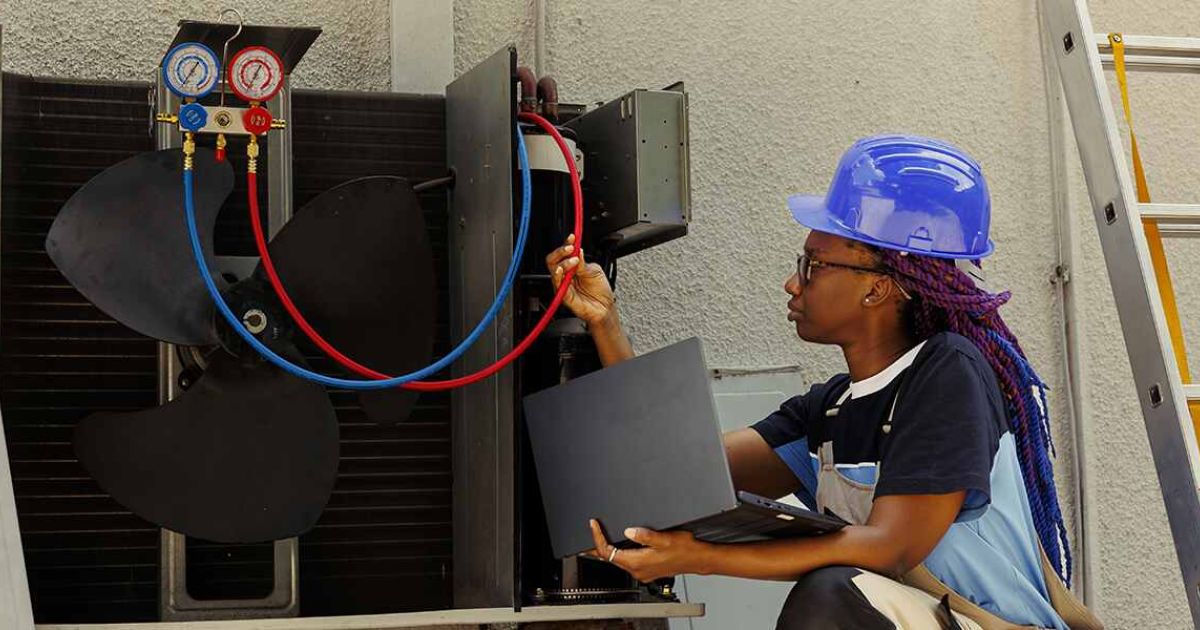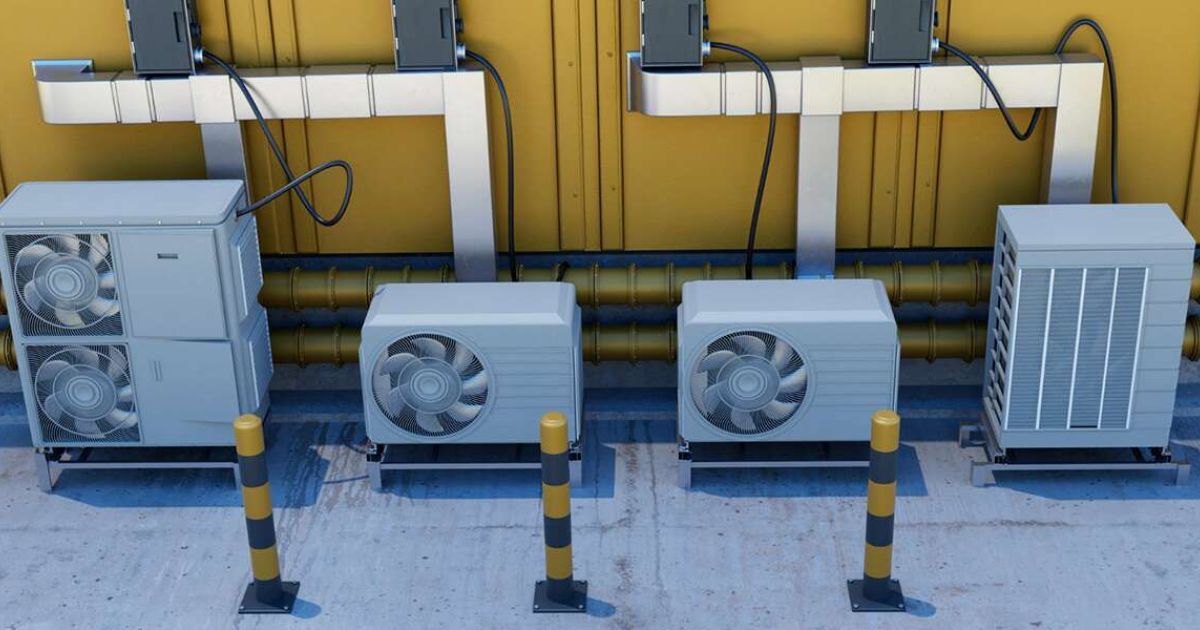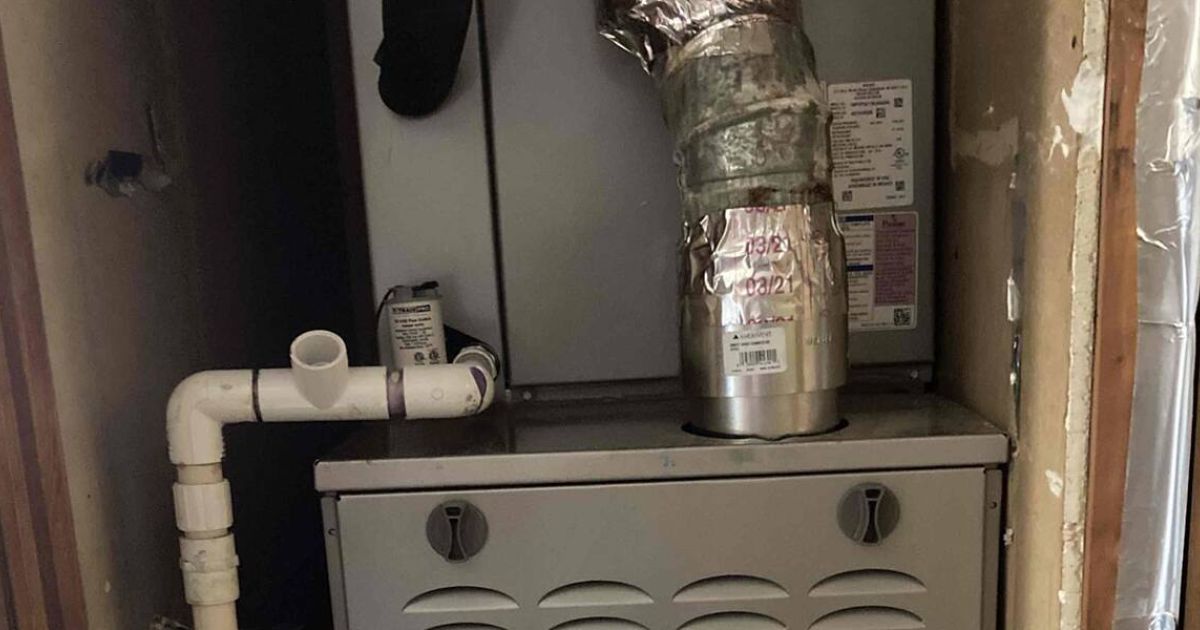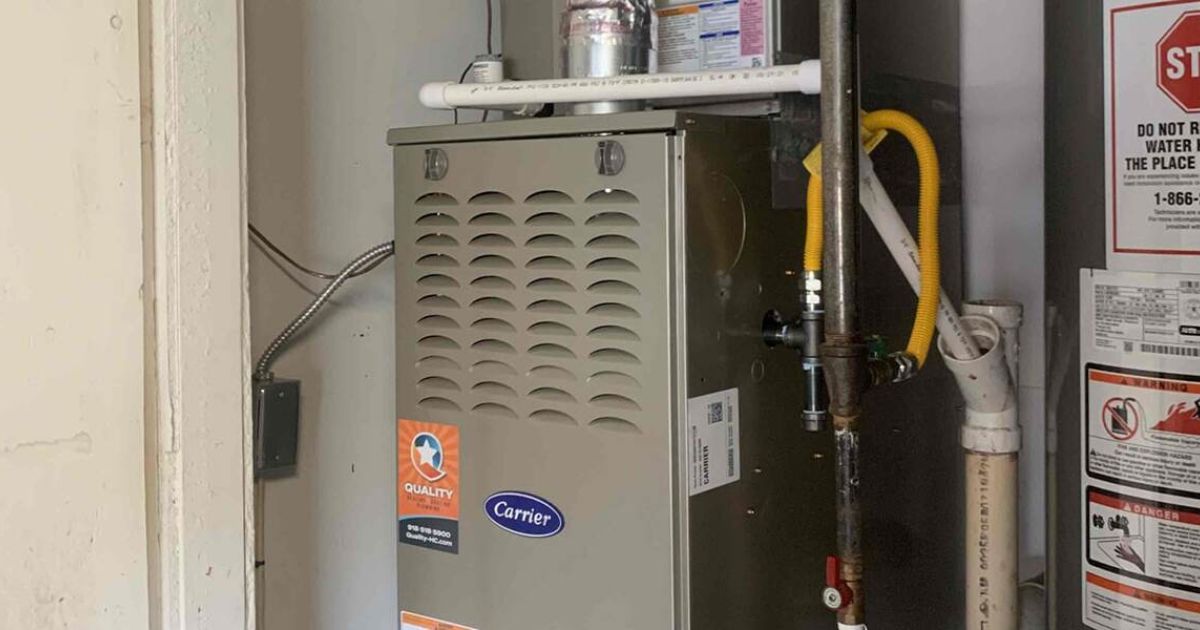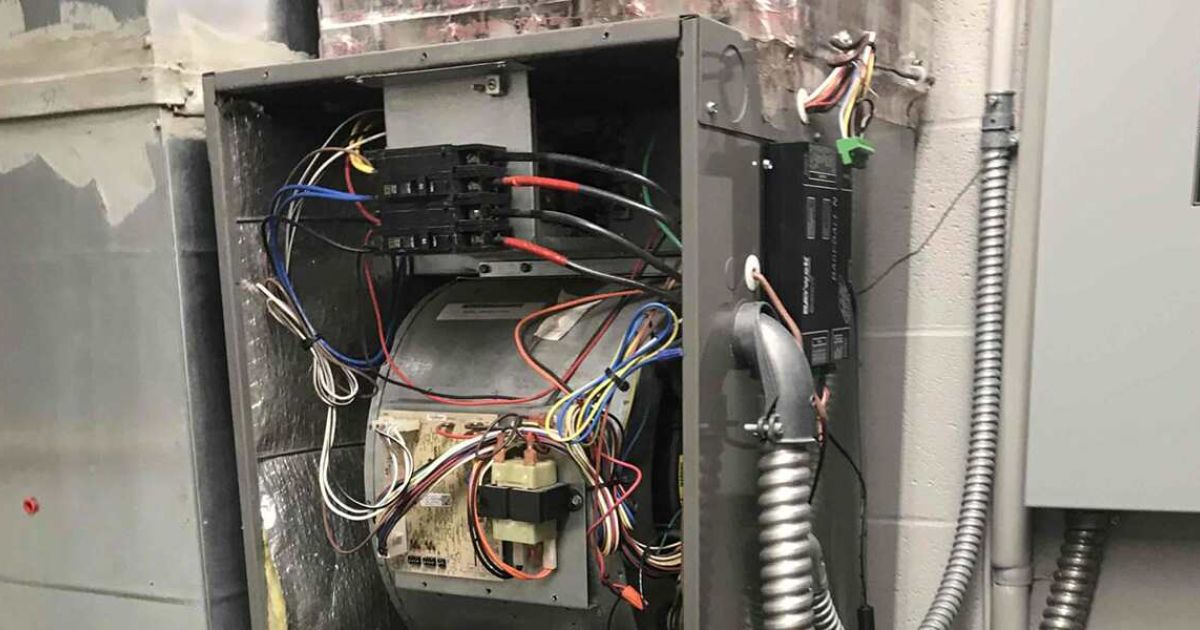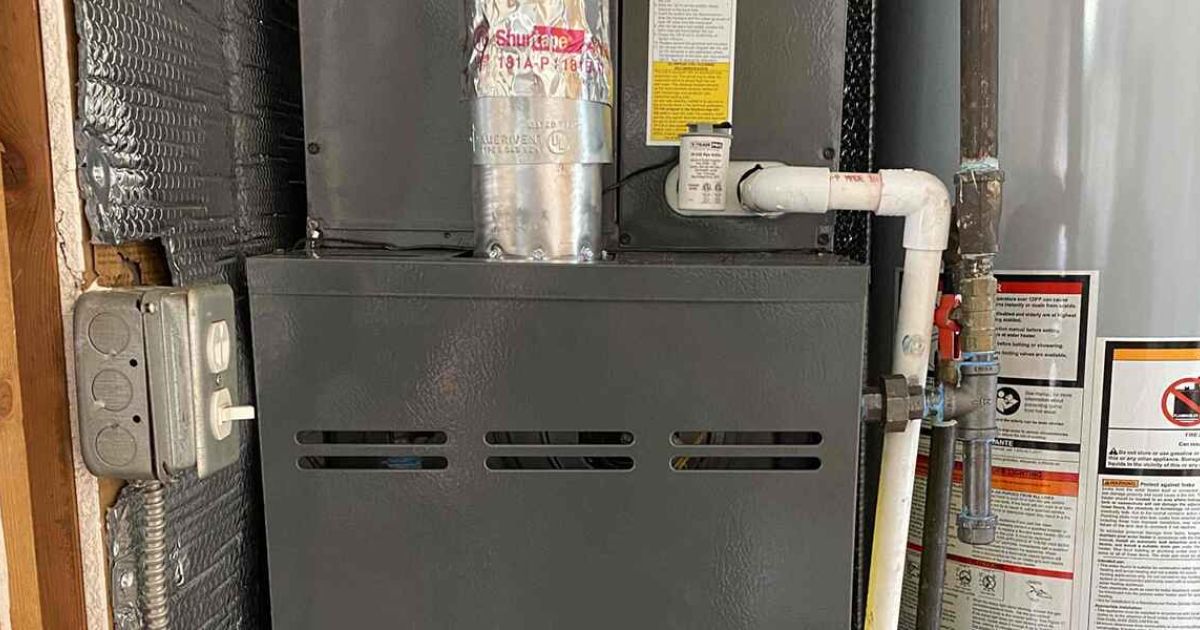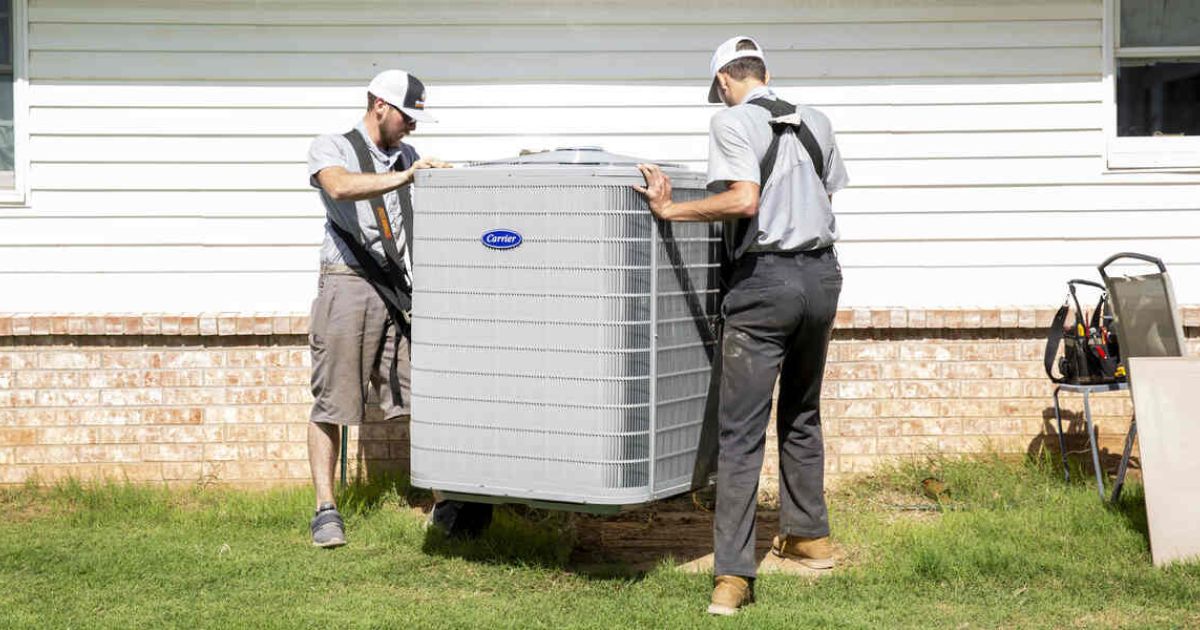
Many homeowners are unfamiliar with what an HVAC damper is, let alone how to tell whether the damper is open or closed. However, this crucial HVAC component plays an important heating and cooling role. Today, the Quality Heating, Cooling & Plumbing team is here with this quick guide on HVAC dampers.
Call Tulsa’s professional heating and cooling company today!

What Is an HVAC Damper?
An HVAC damper is a special type of valve that directs the airflow through your duct system. When dampers are open, they allow airflow unimpeded. When closed, they restrict airflow. Thus, HVAC dampers play a role in regulating interior temperatures as they control the flow of hot and cool air to the various rooms of your house.
HVAC dampers are usually inside your ducts, close to the main air handler. You can find the dampers by looking at the outside of your ducts for a red switch on the exterior. If you can’t find the HVAC dampers installed near the air handler, refer to your HVAC system’s blueprint to locate them.
HVAC Damper Types
Modern HVAC systems use several types of HVAC dampers. Let’s look at the most popular ones below:
Butterfly
Butterfly dampers are common; they remove air backflow, making them useful for fire suppression. They have a single panel that rotates on an axis that runs through the middle of the duct. Turning the handle turns the panel so it reduces or cuts off airflow.
Blade
Blade dampers have thin metal plates that close together to seal the duct. These dampers have high efficiency and are quiet compared to other types. They also provide a high level of air control.
Guillotine
Guillotine dampers, as the name implies, have a large panel that lowers to shut off airflow to the ducts. Guillotine dampers are large and most common for heavy-duty industrial use. They can also create a very tight air seal.
Louver
Louver dampers are another type of industrial HVAC damper and consist of a series of angled slats that open and close, similar to the design of wooden French doors. Louver dampers are very large and are fast to open and close.
Is the Damper Open or Closed?
Consider the following possible causes if you are wondering how to tell whether the HVAC damper is open or closed.
Inspect the Handle Position
If your dampers use a manual handle, check the handle’s position to determine whether the dampers are open or closed. The HVAC damper is open if the handle is parallel to the ductwork. If the handle is perpendicular to the ductwork, the dampers are closed.
Check Airflow
Since dampers control airflow, you can tell whether they are open or closed by testing the flow. Hold your hand up to your vents or the register while it is on. The dampers are at least partially open if you can feel airflow on your palm. The dampers are most likely closed if you can’t feel any airflow.
Listen for Sounds
You can also tell whether the dampers are open or closed based on sounds from the vents. If you hear a small whistling or hissing sound coming from the register, it could mean that the dampers are partially closed and obstructing the ductwork.
Use a Damper Tester
If none of these methods work, you can use a damper tester to tell whether the dampers are open or closed. A damper tester is a special device you can buy at a local hardware store that measures airflow. You can also call an HVAC professional to test your damper position.
HVAC Damper FAQ
Below are some of the most common questions we receive about HVAC dampers.
Do All HVAC Systems Have Dampers?
Not all HVAC systems have dampers. Many older homes have HVAC systems without dampers, especially homes with boilers or non-gas heating systems. In contrast, most modern HVAC systems have dampers.
How Often Should I Balance My HVAC Dampers?
You should balance your HVAC dampers at least once every six months, all other things being equal. Adjusting HVAC dampers based on seasonal changes is also a good idea. Adjusting your dampers is a matter of fine-tuning their orientation to maximize system efficiency and minimize the amount of wasted air.
Can I Install Dampers if I Don’t Have Them?
Yes, if your current HVAC system doesn’t have dampers, you can install new ones. You can call a professional HVAC technician to install them for you.
What Kind of Dampers Do I Need?
It depends on what type of HVAC system/ductwork you have and its age. Residential dampers are often manually controlled, while dampers for commercial and industrial buildings typically have a motor. Your HVAC contractor should be able to help you choose dampers that fit your system and ductwork size/orientation.
How Long Do HVAC Dampers Last?
It depends on the specific dampers you have and general usage conditions. However, the average butterfly damper should last about 20 years as long as you remember to clean and maintain your system. Electric dampers may only last about 15 years before the motor starts to experience problems.
Are Manual or Automatic Dampers Better?
Automatic dampers have a motor that changes their position as airflow changes. Although automatic dampers can provide more precise control, they are almost always unnecessary for residential use. Most homes are not large enough to significantly benefit from the increased control motorized dampers provide. Most homeowners will choose manual dampers instead.
#1 HVAC Services in Tulsa
If you are still wondering how to tell whether the HVAC damper is open or closed, contact Quality Heating, Cooling & Plumbing today. We have several years of experience prioritizing customers’ comfort and quality of life. We can ensure an unparalleled level of quality workmanship and customer service. Our goal is to serve to the highest degree! If you have any questions to ask an HVAC contractor, contact us online or drop us a line today at (918) 276-7151!

Cassie Pound is the Vice President of Quality Heating, Cooling, Plumbing & Electric with locations in Tulsa, Glenpool, and Bartlesville, Oklahoma.


